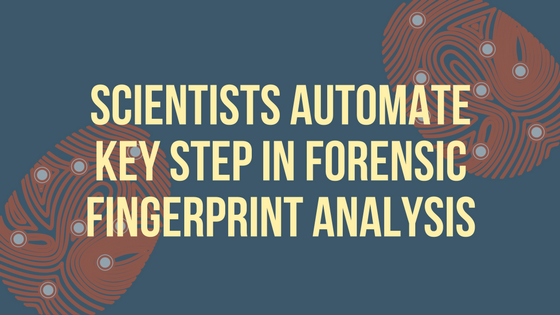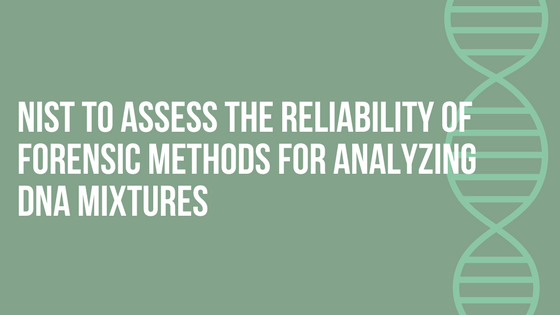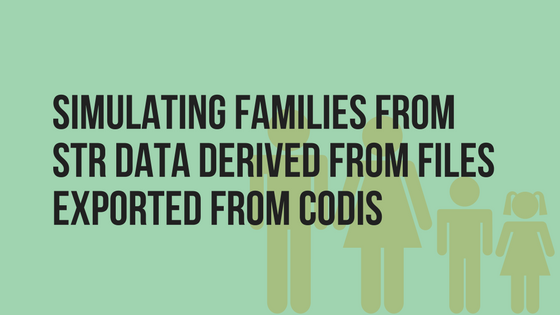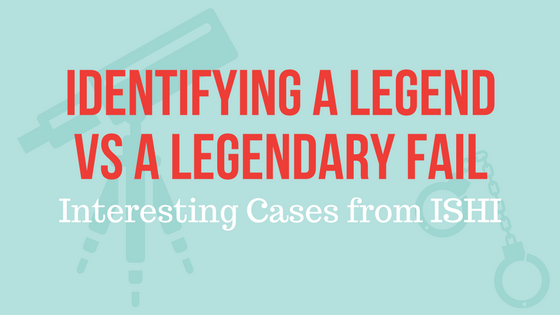Scientists Automate Key Step in Forensic Fingerprint Analysis

The first big case involving fingerprint evidence in the United States was the murder trial of Thomas Jennings in Chicago in 1911. Jennings had broken into a home in the middle of the night and, when discovered by the homeowner, shot the man dead. He was convicted based on fingerprints left at the crime scene, […]
Probabilistic Genotyping: Magic Hat or Mixture Resolution Tool?

STRmix™ is an invaluable tool for resolving complex mixtures. Analysts are now able to make conclusions about samples that would previously have been reported as inconclusive, which in turn is leading to more crimes being solved. When the analysis is conducted properly, the results make sense based on the profile that we are analyzing with […]
This Week in Forensic Science

No one has hours to scour the papers to keep up with the latest news, so we’ve curated the top news stories in the field of Forensic Science for this week. Here’s what you need to know to get out the door! In Easter Island DNA, Evidence of Genetic Loneliness (The New York Times – […]
NIST to Assess the Reliability of Forensic Methods for Analyzing DNA Mixtures

The National Institute of Standards and Technology (NIST) will undertake a study to assess the reliability of forensic methods for analyzing DNA evidence that, if misapplied, could lead to innocent people being wrongly convicted. The study will focus on DNA mixtures involving three or more people, and on very small quantities of DNA also known […]
This Week in Forensic Science

No one has hours to scour the papers to keep up with the latest news, so we’ve curated the top news stories in the field of Forensic Science for this week. Here’s what you need to know to get out the door! Silent Witnesses: Why Do Females Make Up Most of Those Investigating Crime […]
Improved Y-STR Typing for Disaster Victim Identification, Missing Persons Investigations, and Historical Human Skeletal Remains

Unidentified human remains often are associated with tragic events, such as fires, terrorist attacks, natural disasters, war conflicts, genocide, airline crashes, homicide, and human rights violations under oppressive totalitarian regimes. In these scenarios, bone may be the most viable sample type for DNA testing. Additionally, skeletal remains often are the only samples available in historical […]
This Week in Forensic Science

No one has hours to scour the papers to keep up with the latest news, so we’ve curated the top news stories in the field of Forensic Science for this week. Here’s what you need to know to get out the door! Killer Sees DNA Composite Sketch and Interrupts Church Service to Confess (Crime […]
Simulating Families from STR Data Derived from Files Exported from CODIS

During the course of initially validating a familial searching method, it was determined that sampling a sufficient number of genuine family sets would be a time consuming and cost prohibitive task. To overcome these challenges, a simulation approach was pursued to gather the familial data required to conduct the study. The immediate benefits of using […]
Identifying a Legend vs A Legendary Fail – Interesting Cases from ISHI

Each year, nearly one thousand people attend the International Symposium on Human Identification. Their titles vary from criminalists and analysts to research and sales professionals to those in the legal profession, and the reasons they attend differ as well, but there seems to be one thing that they all have in common. After the conference, […]

